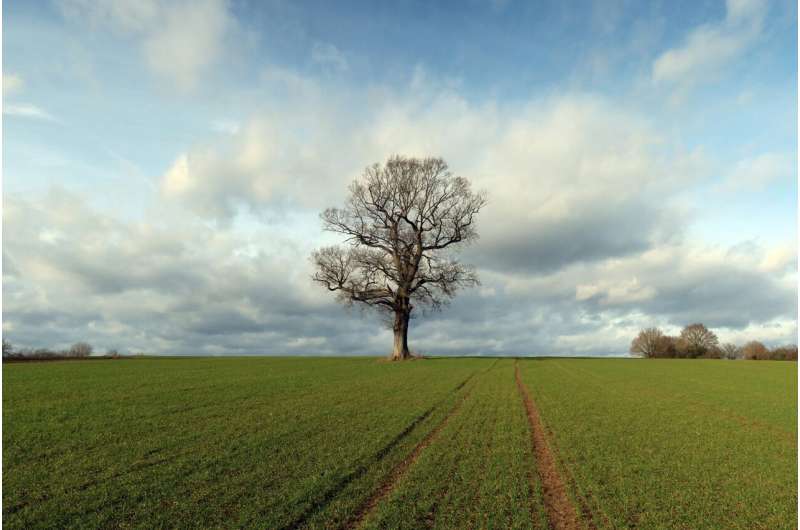In the face of climate change, understanding the impact of extreme weather events on crop yields has become increasingly crucial. This blog post delves into two recent studies that shed light on the complex interplay between extreme weather and agricultural productivity, offering insights that can help farmers adapt and mitigate the effects of a changing climate. Climate change and extreme weather are transforming the agricultural landscape, and these findings provide a valuable roadmap for navigating this uncharted territory.

Dissecting the Impacts of Drought and Heavy Rainfall
Researchers from Wageningen University have delved into the intricacies of how extreme weather events influence crop yields, with a focus on potatoes in the Netherlands. By examining the yield discrepancies between different plots within a single farm from 2015 to 2020, the study revealed that drought and heavy rainfall were responsible for 98% of the observed variations.
The findings are striking: heavy rainfall led to a 36% reduction in yields, while drought resulted in a 13% decrease. These percentages offer a tangible representation of the substantial impact that extreme weather can have on agricultural productivity. Farmers and policymakers can use this data to devise targeted strategies to mitigate the effects of these climatic challenges and ensure more resilient and sustainable food production.
Timing Matters: When Weather Extremes Hit Hardest
In a complementary study, researchers from Wageningen Economic Research investigated the timing of extreme weather events and their influence on crop yields. By analyzing data from ten different crops at the farm level, they were able to pinpoint the growth stages when the impact of weather phenomena was most pronounced.
The findings are illuminating: drought had the greatest impact during the growth and harvesting stages, leading to an average loss of 24% overall. Moreover, eight crops were particularly susceptible to excessive precipitation during the planting period, resulting in yield losses of up to 18%. Certain crops, such as potatoes and onions, proved to be more sensitive to these extreme weather conditions than others.
These insights underline the importance of understanding the critical windows when crops are most vulnerable to weather extremes. Armed with this knowledge, farmers can adapt their cultivation practices and implement targeted interventions to mitigate the risks and safeguard their harvests.
The Complexities of Soil, Irrigation, and Nutrient Management
The studies also delved into the factors that can influence the impact of extreme weather on crop yields, highlighting the importance of soil composition, irrigation, and nutrient management.
The research revealed that the loose structure of sand and loess soils makes them more vulnerable to drought but less susceptible to heavy rainfall. Additionally, the application of nitrogen was found to affect harvests under extreme weather conditions.
These findings emphasize the need for a holistic approach to farm management, where farmers consider the interplay between soil properties, irrigation strategies, and nutrient inputs to build resilience against the challenges posed by a changing climate. By tailoring their practices to the unique characteristics of their land and crops, farmers can enhance their ability to withstand the vagaries of extreme weather events and maintain productive harvests.
